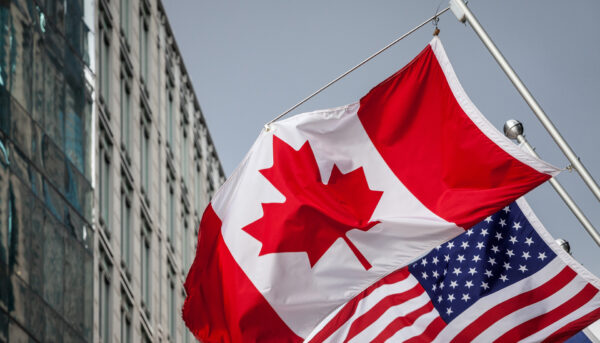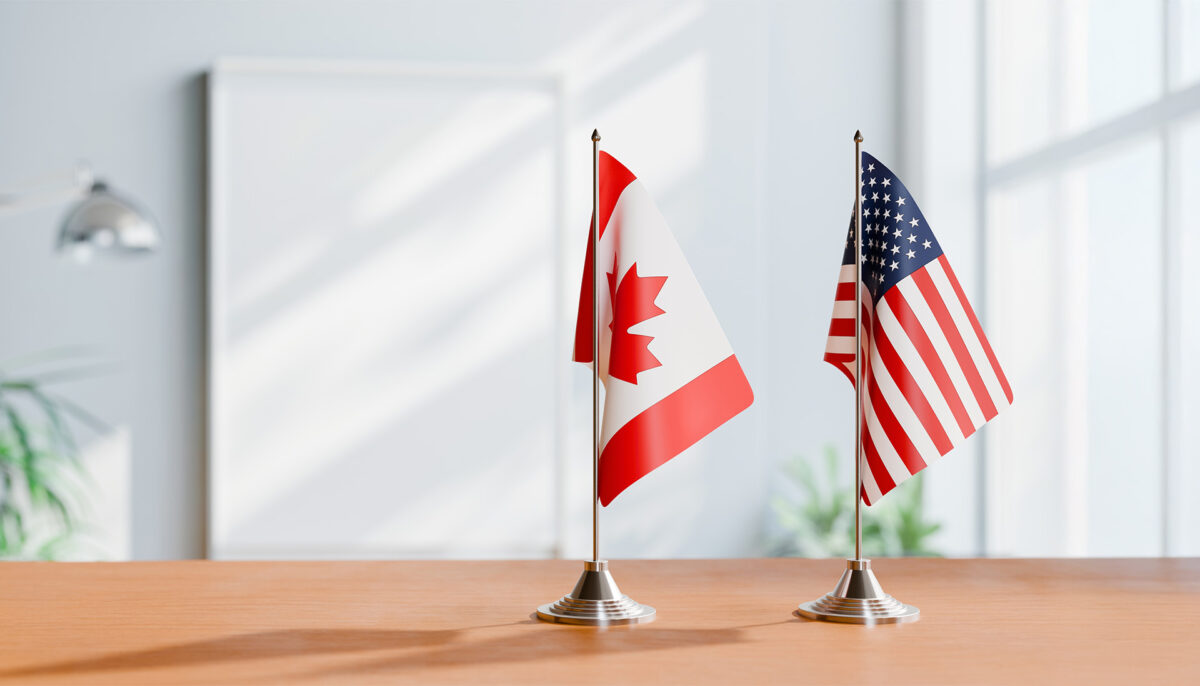The proposed 25% blanket tariff on Canadian exports marks a critical juncture in North American trade relations. With Canadian businesses exporting $712.2 billion annually to the U.S. – representing over 75% of total exports – the legal implications demand immediate strategic action.
Beyond simple cost calculations
Current trade relationships under CUSMA have created intricate value chains where components cross borders multiple times during production. For example, in the automotive sector (where 94.6% of exports go to the U.S.), a single auto part may cross the U.S.-Canada border multiple times during production. Tariff impositions at each crossing could result in cascading costs, forcing businesses to rethink operational models.
Top 6 critical sectors requiring immediate legal attention
| Sector | Exports to U.S. | Key Vulnerabilities |
|---|---|---|
| Energy Products | $165 billion | Dependence on U.S. for 88% of exports. Tariffs could increase energy prices and disrupt North American energy markets. |
| Automotive Industry | $82 billion | 95% of exports rely on U.S. markets. Multi-border supply chains are highly susceptible to tariff escalation. |
| Consumer Goods | $63 billion | 80% of exports go to the U.S. Increased tariffs may lead to higher prices for consumers and reduced demand. |
| Forestry Products | $38 billion | 81% exported to U.S. Tariffs could weaken competitiveness and impact rural economies heavily dependent on forestry. |
| Industrial Machinery | $33 billion | 80% exported to U.S. Risks include production slowdowns and loss of access to key markets due to trade barriers. |
| Chemicals and Plastics | $36 billion | Over 87% dependent on U.S. trade. Increased tariffs could drive up operational costs across multiple industries. |
Key questions every business leader should ask
- What percentage of your revenue is at risk due to tariff changes?
- Can your current supply chain withstand disruptions, or is diversification overdue?
- Do your contracts have the flexibility to accommodate sudden cost adjustments?
- Are you maximizing government incentives and trade agreements to offset risks?
Building resilience in unpredictable times
To mitigate these risks and capitalize on emerging opportunities, businesses must adopt a multi-faceted approach:
- Scenario planning with precision: Map out potential policy changes and their impacts on operations. For example, if the U.S. imposes additional tariffs on energy products, how would your pricing, contracts, and logistics be affected? Anticipating various outcomes ensures agility in response.
- Supply chain reinvention: Embrace advanced technologies like AI-driven predictive analytics to gain end-to-end visibility. Reassess suppliers’ geographic diversity to reduce dependency on high-risk regions. As one study notes, diversifying supply chains by even 10% can yield long-term savings and reduce vulnerabilities.
- Optimize operations through tariff engineering: Modify production processes or product designs to qualify for reduced-duty classifications. For instance, shifting final assembly to tariff-free zones or leveraging bonded warehouses can significantly lower costs.
- Legal strategies for trade defense: Implement tariff adjustment clauses in contracts to shield against sudden cost spikes. Collaborate with legal experts to negotiate favorable terms with suppliers and customers, ensuring flexibility under changing regulations.
Opportunities in uncertainty
The current trade environment presents an opportunity for sophisticated legal planning that goes beyond mere tariff mitigation.
- Market diversification: The Indo-Pacific Strategy highlights lucrative trade prospects in Southeast Asia, particularly for industries like technology and advanced manufacturing. By tapping into these markets, Canadian businesses can reduce overreliance on the U.S.
- Tax and regulatory optimization: Companies relocating operations to regions with favorable policies can not only avoid tariffs but also benefit from lower corporate tax rates and streamlined compliance requirements.
- Collaboration with government programs: Explore grants, low-interest loans, or relief initiatives designed to support businesses in adapting to trade disruptions. Programs like Canada’s Trade Gateway offer resources to help firms access new markets and improve operational resilience.
Leadership in legal strategy
As corporate lawyers with deep expertise in trade and international law, our role is to equip your business with not just legal solutions but strategic foresight. From negotiating cross-border agreements to advising on regulatory compliance, we offer a comprehensive approach to trade resilience. Our legal strategies transform volatility into opportunity, ensuring your business thrives even amidst uncertainty.
Act now, thrive later
The complexities of international trade law require more than reactive measures. Our team of international trade lawyers, combining expertise in customs law, corporate structuring, and international tax, stands ready to develop tailored strategies that protect your business interests while creating opportunities for growth.
Contact our Global Trade and Customs Group for a comprehensive legal strategy session tailored to your specific industry and business model.






